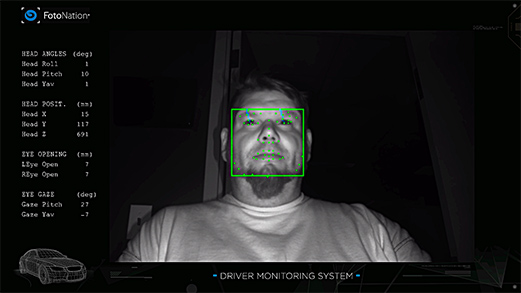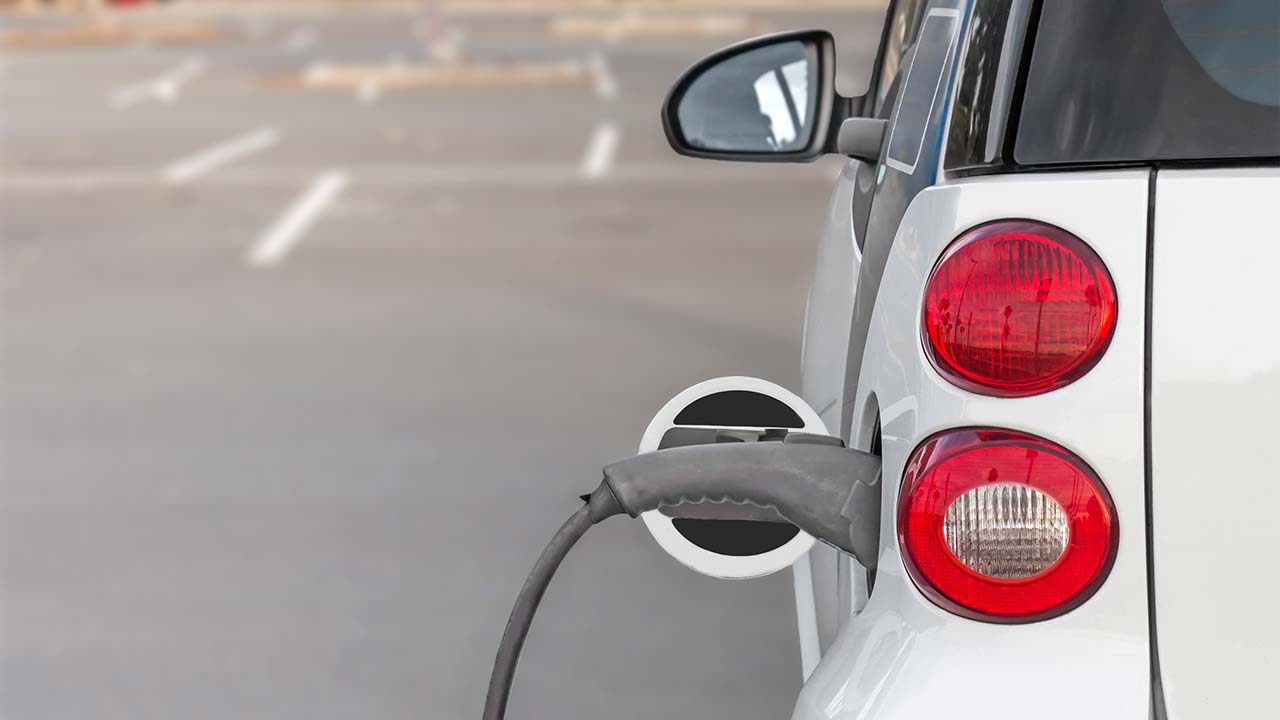SSZT561 january 2019
Semiconductors are revolutionizing the automotive industry. By electrifying mechanical components, we are reducing emissions. Levels of autonomous driving are mitigating human error on the road, while connected cars are allowing drivers and passengers to stay connected with the world around them. For every semiconductor that’s enabling smarter driving today, there are engineers reimagining its potential to meet the challenges of 2019 and beyond. Read about four key automotive trends fueling innovation in 2019.
Let’s hear from some of our automotive experts.
“Even as automotive technology evolves, the primary business considerations remain the same. Automakers are focused on how they can integrate cutting-edge technology that can span across their lineup. Providing a product offering that scales performance and functionality to support entry to high-end vehicles helps maximize automaker’s technology investments.”
– Curt Moore, manager, automotive processors
Download our white paper on TDA3x processors: TDA3x SoC processor delivers cost-effective ADAS solutions for front, rear and surround view applications
“One of the trends we’re seeing in ADAS is the expansion of driver monitoring systems. By knowing the driver’s state, DMS solutions provide critical feedback to optimize ADAS response timing to help minimize collisions or alert the driver to take back control if the driver is not paying attention. Additionally, camera monitoring systems (CMS), or e-mirrors, can help improve side and rearward visibility and even fuel economy by reducing the drag caused by existing side mirrors. It will be interesting to see how OEMs and Tier-1 suppliers use both DMS and CMS technology in the future.”
– Brooke Williams, manager, automotive processors
Read our blogs on DMS, "How driver monitoring systems can help with collision avoidance part 1" and "... part 2."

“One effort to reduce emissions is through energy-efficient hybrid electric vehicles and electric vehicles (HEVs/EVs). As a result, HEV/EV systems such as onboard chargers and traction inverters need increased power density – made possible with high-voltage power electronics and electrification. By designing these solutions with wide-band-gap semiconductors, including silicon carbide (SiC) and gallium nitride (GaN), engineers have the opportunity to drive further transformation of HEV/EVs in the future to accelerate CO2 emission reductions across the globe.
– Nagarajan Sridhar, marketing manager, high voltage power
Read about transforming HEV/EVs in the white paper, “Driving the future of HEV/EV with high-voltage solutions.”

“High-performance real-time controllers, along with wide-band-gap field-effect transistors like SiC and GaN, will improve driving performance, increase system efficiency and power density to save battery life and cost, and also provide faster charging. Together, these innovations will revolutionize the EVs of tomorrow.”
– Matt Watson, general manager, C2000™ microcontrollers
"Electrification is at the heart of the second automotive revolution that will play out over the next decade. The increasing synergy between drivetrain electrification and innovation in semiconductors that power, control and drive them will allow for cleaner, safer and more fun to drive mHEV, HEV, PHEV or BEV’s. Whether it be the invention of new circuits or creation of new electronic materials, semiconductor engineers are continually pushing boundaries to help you realize the 'x' in the xEV of your future."
– Anuj Narain, applications manager, motor drivers
Read the blog post, “Feeding power-hungry EV charging stations.”
“What if drivers could keep their high beams on while operating the vehicle to increase driver visibility? This capability is made possible through adaptive-driving-beam (ADB) headlight technology, which pairs advanced driver-assistance systems with exterior lighting systems. Our company’s DLP® chipset for automotive offers detailed control of a car’s headlights through ADB technology, allowing automakers and tier-1 suppliers to individually control more than one million pixels in each headlight.”
– Brian Ballard, lighting manager, DLP products automotive
Learn more about adaptive headlights in the blog post, “Create high-resolution adaptive headlights using DLP technology.”

“Autonomous driving is now closer to reality than ever with the arrival of 5G networks. 5G is the communications backbone that will enable revolutionary applications in driving, including vehicle-to-vehicle (V2V) and vehicle-to-everything (V2X) communications. Thanks to 5G’s ultra-reliable, low-latency capabilities, cars will soon be able to communicate with each other and with ground control systems to use artificial intelligence on the edge.”
– Pietro Scalia, sector general manager, communications systems
Read more about how 5G will impact autonomous driving in the white paper, “Preparing for a 5G world.”
Looking Ahead, Our Team of Automotive Engineers Noted That Carmakers Will Enable Smarter Driving through the Following Innovations:
- Building scalability and functionality into their fleet of entry-to-premium new vehicles.
- Expanding driver monitoring systems.
- Improving the efficiency of HEV/EVs by increasing the power density for onboard chargers and traction inverters.
- Electrification will be at the heart of the next automotive revolution.
- Revolutionizing EVs with real-time controllers and transistors like SiC and GaN.
- Pairing ADAS with next-generation headlights for improved visibility on the road.
- Enabling V2V and V2X with 5G networks.